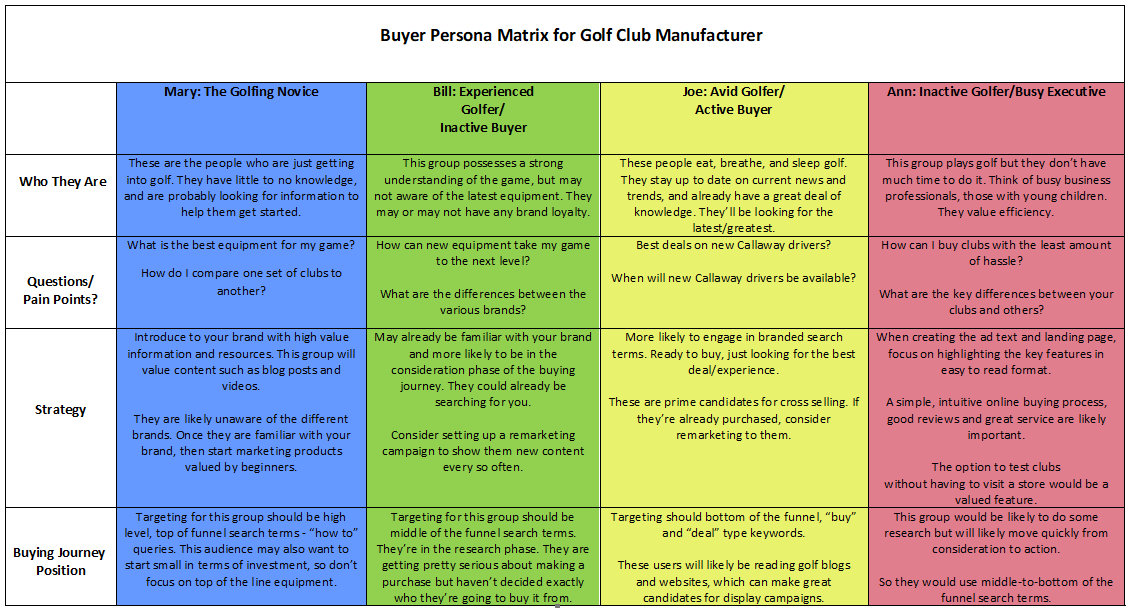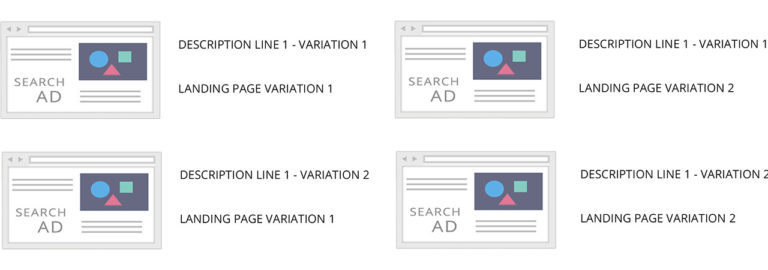Why Search Marketers Need to Think Like Political Strategists
As one of the more, ahem… interesting election seasons finally draws to a close, it’s a good time to reflect on some of the parallels between political campaigns and search marketing.
Each has a lot of moving parts that require a passion for data analysis, diligent execution and winning. And while the path to success is rarely linear, there are some key strategies, shared by both, that factor heavily into the outcome.
Here’s a look at a few areas that often determine whether a campaign succeeds or fails.
Audience Segmentation
The days of a blanket campaigning to voters have long since passed, forcing politicians to circle back to one central idea: voters are humans.
At the end of the day, voters need to feel like they’re personally connecting with candidates.
That means political teams need to better understand individual voters and their motivations, based on like characteristics, such as demographics, problems, perceptions, goals, etc., to recognize how different messages will resonate with different voter types and solve their individual problems.
Search marketing functions much the same way – often beginning with a search query based on a problem or question. Advertisers hope to connect with users and entice them to click on an ad by solving their problem or answering a question in ad text. But to do that effectively, you need to have a feel for the type of person, their personality, goals and the intent of their search.
While knowing each individual user who searches and their personal intent is impossible, you can create personas that represent different segments of your target audience, based on an understanding of their like characteristics.
Buyer (or voter) personas are semi-fictional representations of different segments of your target audience based on market research and real data about your existing customers. Having a deep understanding of your buyer personas is critical to driving ad creation and campaign strategies as well connecting with them on a personal level.
An example of a search marketing buyer persona matrix for a golf equipment company is shown in the table below.

Areas of Greatest Opportunity
Political teams are constantly analyzing data to determine which cities, states and demographic segments to target. Overspending to reach voters in the wrong demographic group or geographic area means underspending in other potentially more valuable areas.
That’s why accurately identifying the voters that represent the greatest opportunity and allocating resources accordingly is so important.
The same principle holds true for search marketing. Failing to focus limited marketing dollars on the most-profitable keywords or audience groups is a recipe for a losing PPC campaign. Nothing kills ROI more quickly than targeting expensive or popular keywords that generate clicks but few conversions.
Maximizing your budget starts with proper conversion tracking at the keyword level. By identifying which keywords are driving conversions and which aren’t you can test new variations of the winning keywords and consider expanding max bids to increase impression share as well as know which keywords to pause and add as negatives.
Message testing
Effective campaigning goes hand in hand with a coherent and consistent message. Candidates must find a relevant message that resonates with their target audience to grab their attention and compel them to take action.
Campaign teams spend copious amounts of time and money testing various messages among different voter segments until they know which will have the greatest impact. Testing data is what drives message development and refinement.
Much like a voter, the decision-making process of potential searchers is tied to specific perceptions and goals. Without testing, determining how the motivations of various audience segments will play into ad response, and how it translates into clicks and conversions, is pure guesswork. Often, the ads that perform best are not the ones you would expect.

The payoff for maximizing ad performance is improved click-through-rates and Quality Scores, which lowers cost-per-click and ultimately leads to more clicks. Testing ad text can also help you uncover more effective language to leverage on your landing pages, leading to more conversions. Sometimes even small tweaks can have a large impact on click-through and conversion rates.
In short, testing pays huge dividends.
A common mistake made by search marketers is treating A/B testing as a one-time event. They perform tests briefly then run campaigns indefinitely based on those results. But testing should be a continuous process of experimenting, tweaking and evolving to stay ahead of the curve.
Related posts:
Categories:



